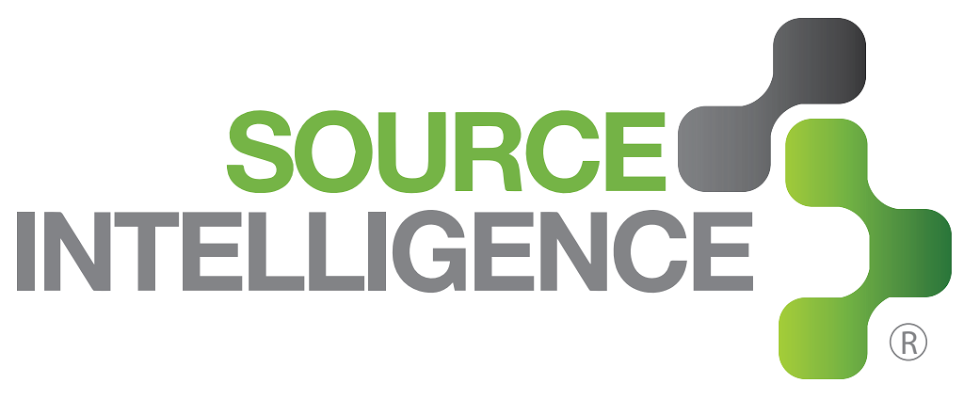Compliance in 2017 - What Are Your Peers Saying?
87% of vendor data contains errors. This staggering statistic is one of the biggest reasons companies run into common compliance deficiencies like bad customer relationships and even monetary penalties.

Compliance In 2017 - What Are Your Peers Saying?
87% of vendor data contains errors. This staggering statistic is one of the biggest reasons companies run into common compliance deficiencies like bad customer relationships and even monetary penalties. The approach to supply chain communication in 2017 is quite diverse. On one side, forward-thinking companies are utilizing platform technology to centralize upstream and downstream communication. On the other side, companies are suffering from poor supply chain communication and performance due to outdated systems and processes. Obsolete supply chain practices like static spreadsheet data storage are immediate red flags for companies trying to implement efficient supply chain processes in 2017.
In 2017, companies should dedicate resources that take advantage of supply chain tools to not only ease communication but allow all companies to get the upstream data they need to keep their downstream customers happy. In a recent study conducted by Source Intelligence, 68% of companies reported that problems in upstream supply chain communication negatively impact relationships with downstream customers. In addition, 71% of downstream companies reported that they terminated contracts with a vendor because the vendor neglected to provide accurate, timely data. To see the entire report on the state of supply chain compliance, click here.
Beyond communication, the biggest challenge companies face is finding a well-rounded compliance solution that not only aids in complying with specific regulations but leverages accurate data through good due diligence practices. Source Intelligence recently debuted their end-to-end supply chain due diligence program in a webinar with partners Martello Risk and SGS. End-to-end supply chain due diligence takes a multi-step, risk-based approach.First, companies need to evaluate their supply chain starting from tier one all the way to the raw materials suppliers. Second, companies need to audit their high-risk suppliers to understand and address the red flags they have uncovered. To learn more about end-to-end supply chain due diligence and its diverse regulation applications, click here.
There are quick fixes for supply chain compliance challenges, but companies must ask themselves, is what they are doing scalable? To talk to an expert about how to improve supply chain communication, click here, and don’t forget to learn more about end-to-end supply chain due diligence!

